Home>Renovation & DIY>Home Renovation Guides>What Should The Moisture Level Be In A Crawl Space
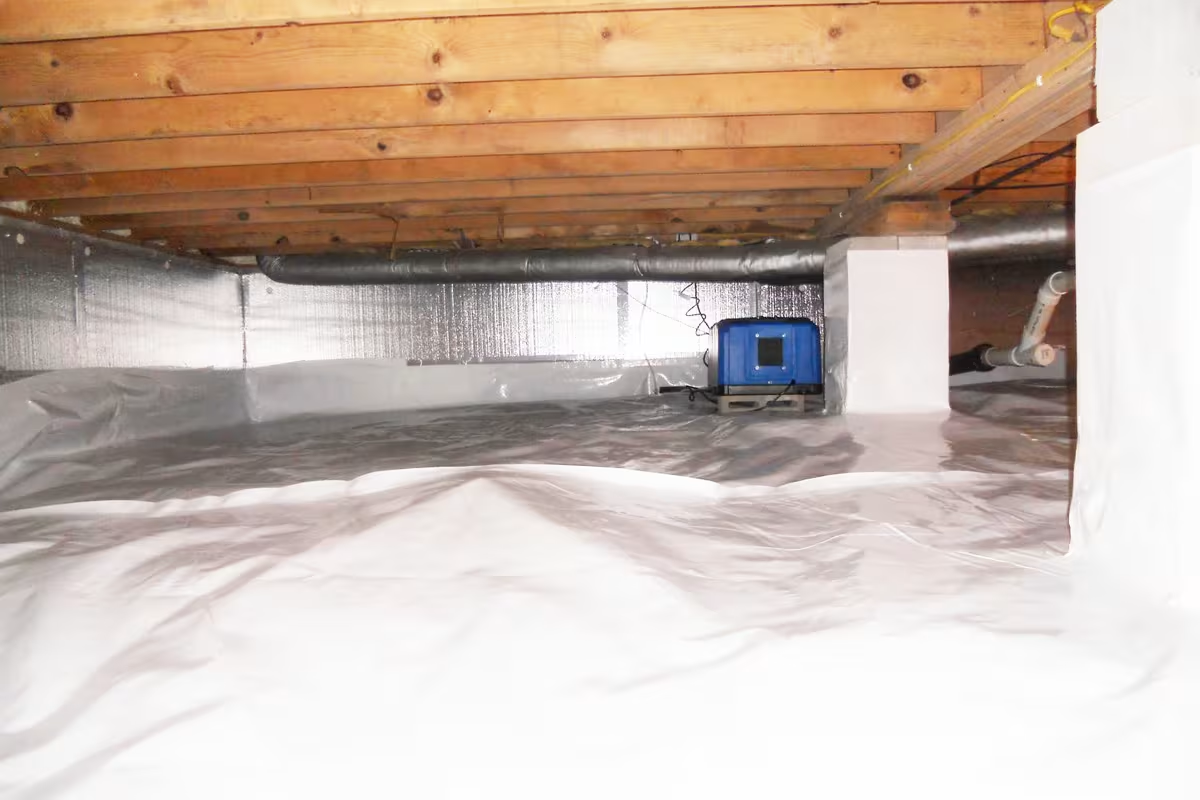

Home Renovation Guides
What Should The Moisture Level Be In A Crawl Space
Modified: March 21, 2024
Learn about the ideal moisture level for crawl spaces in this comprehensive home renovation guide. Prevent moisture-related issues with expert tips and advice.
(Many of the links in this article redirect to a specific reviewed product. Your purchase of these products through affiliate links helps to generate commission for Storables.com, at no extra cost. Learn more)
Importance of Moisture Level in Crawl Spaces
Maintaining the appropriate moisture level in crawl spaces is crucial for the overall health and integrity of a home. Excess moisture in these confined areas can lead to a myriad of issues, making it essential to understand the significance of controlling moisture levels.
First and foremost, excessive moisture in crawl spaces can create a conducive environment for mold and mildew growth. These unwelcome intruders not only compromise indoor air quality but also pose potential health risks to the occupants. Furthermore, mold and mildew can cause structural damage to the home, leading to costly repairs and compromising the safety of the dwelling.
In addition, high moisture levels in crawl spaces can attract pests such as termites and cockroaches. These unwanted visitors can wreak havoc on the structural components of the home, leading to extensive damage and the need for professional intervention.
Moreover, excessive moisture can accelerate the deterioration of building materials, including wooden support beams and floor joists. This can compromise the structural integrity of the home, posing safety hazards and necessitating extensive and costly repairs.
Furthermore, elevated moisture levels in crawl spaces can lead to increased energy consumption. When moisture infiltrates insulation and compromises the thermal performance of the home, the HVAC system must work harder to maintain comfortable indoor temperatures, resulting in higher energy bills.
Lastly, uncontrolled moisture levels in crawl spaces can lead to musty odors permeating the living spaces above, creating an unpleasant and unwelcoming indoor environment.
In essence, maintaining the appropriate moisture level in crawl spaces is paramount for preserving the structural integrity of the home, ensuring indoor air quality, mitigating pest infestations, and optimizing energy efficiency. By understanding the importance of controlling moisture levels in crawl spaces, homeowners can take proactive measures to safeguard their homes and the well-being of their families.
Key Takeaways:
- Excess moisture in crawl spaces can lead to mold, pests, and structural damage. Maintaining moisture levels between 30% and 50% is crucial for a healthy home and lower energy bills.
- Factors like climate, ventilation, and drainage affect crawl space moisture. Proper ventilation, vapor barriers, and regular inspections are key to controlling moisture and preserving your home.
Factors Affecting Moisture Levels in Crawl Spaces
Moisture levels in crawl spaces are influenced by various factors, each playing a significant role in creating an environment that is either conducive or detrimental to the overall health of a home. Understanding these factors is crucial for effectively managing moisture levels and mitigating potential issues.
1. Climate and Weather Conditions
The climate and weather patterns in a specific region directly impact the moisture levels in crawl spaces. Areas with high humidity levels are more prone to elevated moisture in crawl spaces, as the air carries more moisture that can infiltrate these confined areas. Additionally, heavy rainfall and snowmelt can contribute to excess moisture seeping into crawl spaces, especially if the area lacks proper drainage and waterproofing.
2. Ventilation and Air Circulation
Inadequate ventilation and poor air circulation within a crawl space can lead to stagnant, humid air, creating an environment ripe for moisture accumulation. Without proper airflow, moisture becomes trapped, increasing the risk of mold and mildew growth and compromising the structural integrity of the home.
3. Groundwater and Drainage
The proximity of groundwater to the foundation of a home can significantly impact moisture levels in crawl spaces. Homes built in areas with high water tables or poor drainage systems are more susceptible to moisture intrusion. Additionally, improper grading around the foundation can lead to water pooling near the crawl space, further exacerbating moisture issues.
4. Building Materials and Insulation
The type and condition of building materials and insulation in a crawl space can influence moisture levels. Porous materials, such as untreated wood and fiberglass insulation, are more prone to moisture absorption, potentially leading to mold growth and structural damage. Additionally, damaged or improperly installed insulation can compromise the thermal barrier, allowing moisture to infiltrate the space.
5. Plumbing Leaks and Condensation
Undetected plumbing leaks and condensation can contribute to elevated moisture levels in crawl spaces. Leaking pipes or fixtures within the crawl space can introduce significant amounts of moisture, while condensation can form on surfaces in humid conditions, further adding to the overall moisture content.
6. Occupancy and Habits
The way a home is used and maintained can also impact crawl space moisture levels. Activities such as drying laundry indoors, inadequate use of exhaust fans in bathrooms and kitchens, and improper storage of organic materials in the crawl space can all contribute to increased moisture levels.
By recognizing and addressing these factors, homeowners can take proactive measures to manage moisture levels in crawl spaces effectively. Implementing proper ventilation, addressing drainage issues, utilizing moisture-resistant building materials, and conducting regular inspections for leaks and condensation are essential steps in maintaining an optimal moisture balance in crawl spaces.
Recommended Moisture Level in Crawl Spaces
The recommended moisture level in crawl spaces is a critical parameter that directly influences the overall health and integrity of a home. Ideally, the moisture level in crawl spaces should be maintained between 30% and 50%. This range is considered optimal for preventing the proliferation of mold, mildew, and pests, as well as preserving the structural integrity of the home.
Maintaining a moisture level below 50% is essential to inhibit the growth of mold and mildew, which thrive in damp environments. These unsightly and potentially hazardous organisms can compromise indoor air quality and pose health risks to the occupants. Additionally, mold and mildew can cause damage to building materials, including wooden support beams and floor joists, leading to costly repairs and structural instability.
On the other hand, ensuring that the moisture level does not fall below 30% is equally important. Extremely low moisture levels can lead to excessive dryness, potentially causing wood to shrink and warp. This can result in structural issues and compromise the stability of the home's foundation and framework.
By maintaining the moisture level within the recommended range, homeowners can effectively mitigate the risks associated with excessive moisture or dryness in crawl spaces. This can be achieved through the implementation of proper moisture barriers, adequate ventilation, and regular monitoring of moisture levels using hygrometers or similar devices.
Furthermore, maintaining the recommended moisture level in crawl spaces contributes to energy efficiency and indoor comfort. By preventing excessive moisture, homeowners can avoid the potential for increased energy consumption due to compromised insulation and the need for excessive dehumidification. Conversely, maintaining an appropriate level of moisture can help prevent overly dry conditions that may necessitate additional humidification, thus contributing to overall energy savings.
In essence, adhering to the recommended moisture level in crawl spaces is essential for safeguarding the structural integrity of the home, ensuring indoor air quality, mitigating pest infestations, and optimizing energy efficiency. By proactively managing moisture levels within the recommended range, homeowners can create a healthier and more sustainable living environment for themselves and their families.
Read more: How To Level A House With A Crawl Space
Consequences of High Moisture Levels in Crawl Spaces
High moisture levels in crawl spaces can have far-reaching and detrimental consequences, impacting both the structural integrity of the home and the well-being of its occupants. Understanding these potential outcomes is crucial for homeowners to grasp the severity of uncontrolled moisture in these confined areas.
1. Structural Damage
Excessive moisture in crawl spaces can lead to significant structural damage to the home. Wooden support beams, floor joists, and subflooring are particularly vulnerable to moisture-related deterioration. Prolonged exposure to high moisture levels can cause wood to rot, warp, and weaken, compromising the stability of the entire structure. This can result in sagging floors, uneven surfaces, and even structural failure, necessitating extensive and costly repairs.
2. Mold and Mildew Growth
High moisture levels create an ideal environment for the proliferation of mold and mildew in crawl spaces. These unsightly and potentially hazardous organisms can compromise indoor air quality and pose health risks to the occupants. Inhalation of mold spores can trigger respiratory issues, allergies, and other health complications, particularly for individuals with preexisting conditions. Additionally, the presence of mold and mildew can lead to unpleasant odors permeating the living spaces above, creating an unwelcoming indoor environment.
3. Pest Infestations
Excess moisture in crawl spaces can attract pests such as termites, cockroaches, and other wood-destroying insects. These unwelcome visitors can cause extensive damage to wooden structural components, exacerbating the structural integrity issues caused by moisture. Additionally, pest infestations can lead to hygiene concerns and potential health hazards for the occupants, necessitating professional intervention and remediation.
Read more: What Should A Humidifier Be Set At
4. Increased Energy Consumption
High moisture levels in crawl spaces can compromise the thermal performance of the home's insulation. Moisture infiltration can reduce the effectiveness of insulation materials, leading to increased energy consumption as the HVAC system works harder to maintain comfortable indoor temperatures. This can result in higher energy bills and reduced energy efficiency, impacting the overall operational costs of the home.
5. Odor and Indoor Air Quality Issues
Excessive moisture in crawl spaces can contribute to musty odors permeating the living spaces above. These unpleasant odors can diminish the overall indoor air quality, creating an uncomfortable and unwelcoming environment for the occupants. Addressing the root cause of high moisture levels is essential for mitigating odor issues and maintaining a healthy indoor living environment.
In summary, the consequences of high moisture levels in crawl spaces are multifaceted and can have a profound impact on the structural integrity, indoor air quality, and overall well-being of a home and its occupants. By recognizing these potential outcomes, homeowners can prioritize the implementation of effective moisture control measures to safeguard their homes and create a healthier living environment.
Methods to Control Moisture Levels in Crawl Spaces
Controlling moisture levels in crawl spaces is essential for preserving the structural integrity of a home and ensuring a healthy indoor environment. Fortunately, there are several effective methods that homeowners can employ to manage and mitigate moisture issues in these confined areas.
1. Proper Ventilation
Implementing adequate ventilation in crawl spaces is crucial for promoting air circulation and reducing moisture buildup. This can be achieved through the installation of vents and fans to facilitate the exchange of air. By allowing fresh air to enter the crawl space and expelling stale, moisture-laden air, proper ventilation helps prevent stagnant conditions that contribute to elevated moisture levels.
Read more: How Tall Should A Crawl Space Be
2. Vapor Barriers
Installing vapor barriers, such as plastic sheeting or specialized moisture-resistant membranes, can effectively mitigate moisture infiltration from the ground and walls of the crawl space. These barriers act as a protective layer, preventing moisture from seeping into the enclosed space and compromising the structural components. Properly installed vapor barriers can significantly reduce the risk of moisture-related issues in crawl spaces.
3. Addressing Drainage Issues
Ensuring proper drainage around the perimeter of the home is essential for preventing water from pooling near the crawl space. Implementing effective grading, installing gutters and downspouts, and directing water away from the foundation can help minimize the risk of moisture intrusion. Additionally, addressing any existing drainage issues, such as standing water or poor soil drainage, is crucial for controlling moisture levels in crawl spaces.
4. Encapsulation
Crawl space encapsulation involves sealing the space with a durable moisture barrier, effectively isolating it from the surrounding environment. This method creates a conditioned and controlled environment within the crawl space, preventing moisture from infiltrating the area. Encapsulation also helps mitigate the risk of mold growth, pest infestations, and structural damage associated with high moisture levels.
5. Dehumidification
Utilizing dehumidifiers specifically designed for crawl spaces can effectively reduce excess moisture in the air. These specialized dehumidification systems are capable of maintaining optimal humidity levels within the crawl space, mitigating the risk of mold and mildew growth, structural damage, and indoor air quality issues. Regular maintenance and monitoring of dehumidifiers are essential for their continued effectiveness.
Read more: When Should You Open Crawl Space Vents
6. Regular Inspections and Maintenance
Conducting regular inspections of the crawl space for signs of moisture intrusion, plumbing leaks, and structural issues is crucial for proactive moisture management. Addressing any issues promptly and performing necessary maintenance, such as repairing damaged insulation and sealing gaps and cracks, can help prevent moisture-related problems from escalating.
By implementing these methods to control moisture levels in crawl spaces, homeowners can effectively safeguard their homes against the detrimental effects of excessive moisture. Proactive moisture management not only preserves the structural integrity of the home but also contributes to a healthier and more comfortable indoor living environment for the occupants.
Frequently Asked Questions about What Should The Moisture Level Be In A Crawl Space
Was this page helpful?
At Storables.com, we guarantee accurate and reliable information. Our content, validated by Expert Board Contributors, is crafted following stringent Editorial Policies. We're committed to providing you with well-researched, expert-backed insights for all your informational needs.
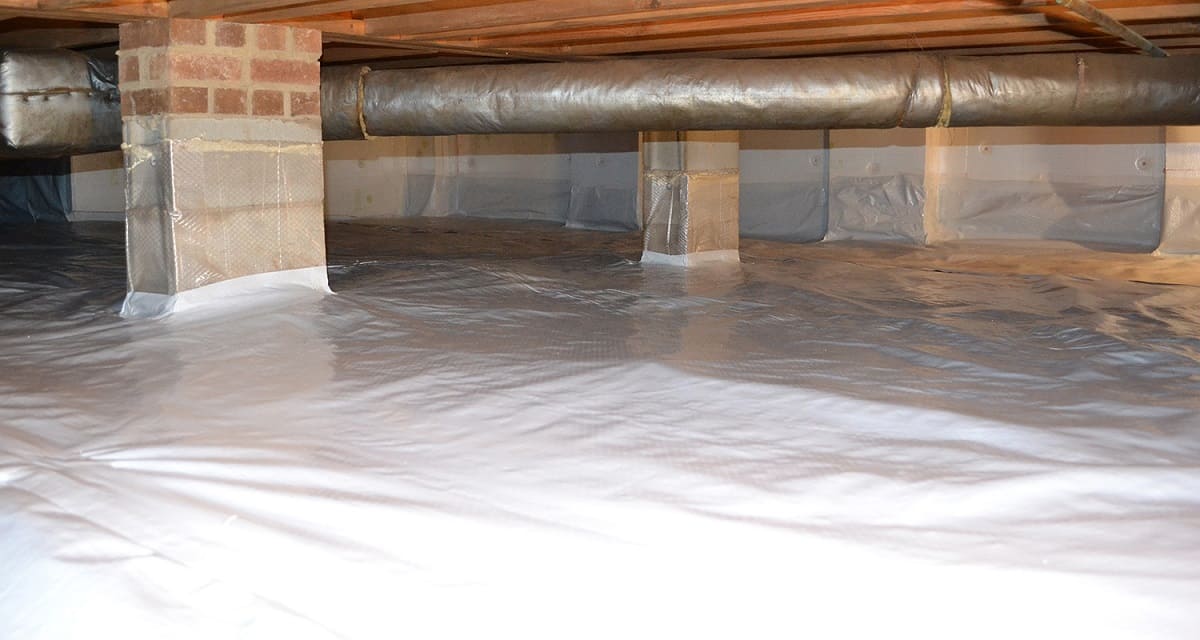
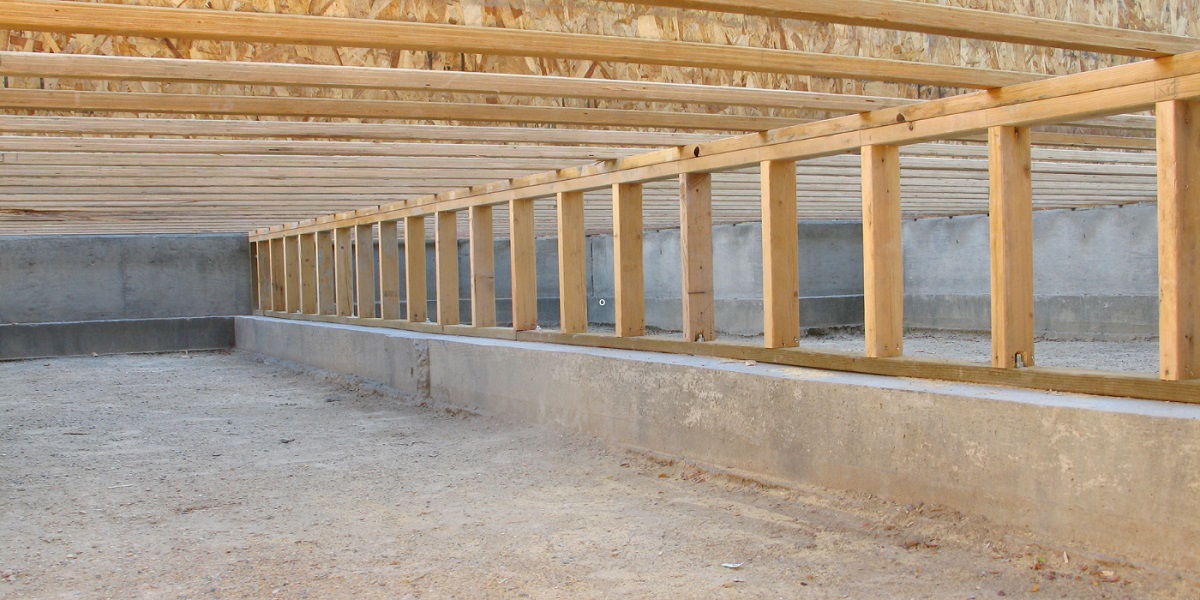
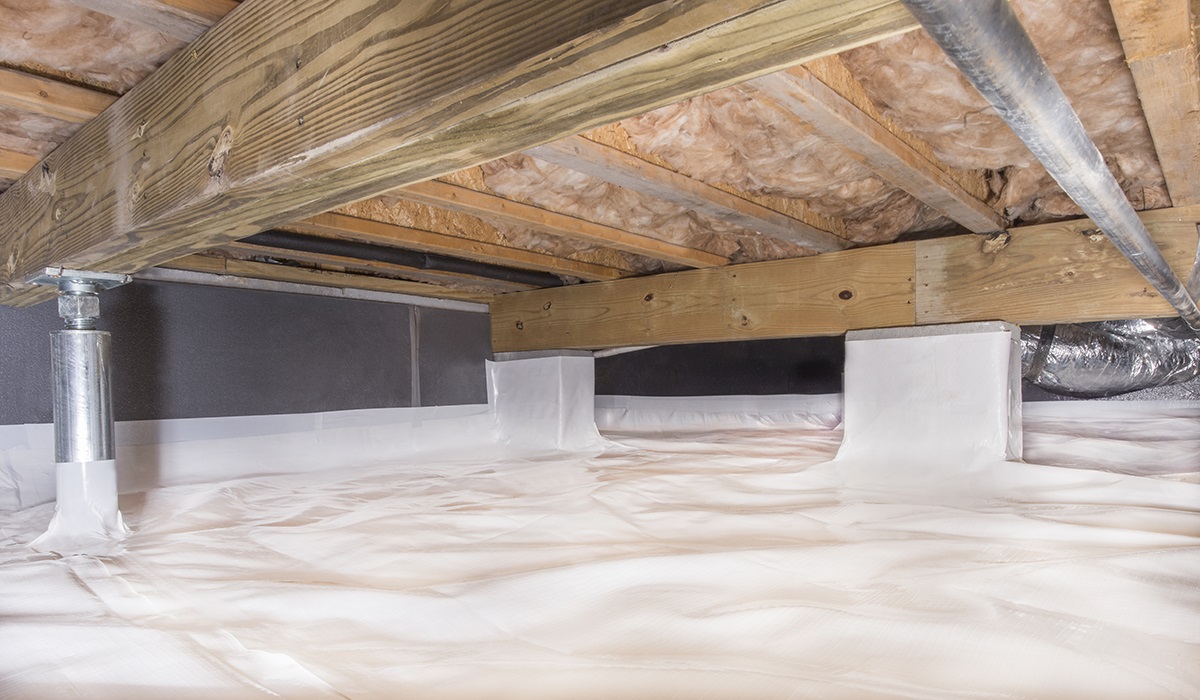
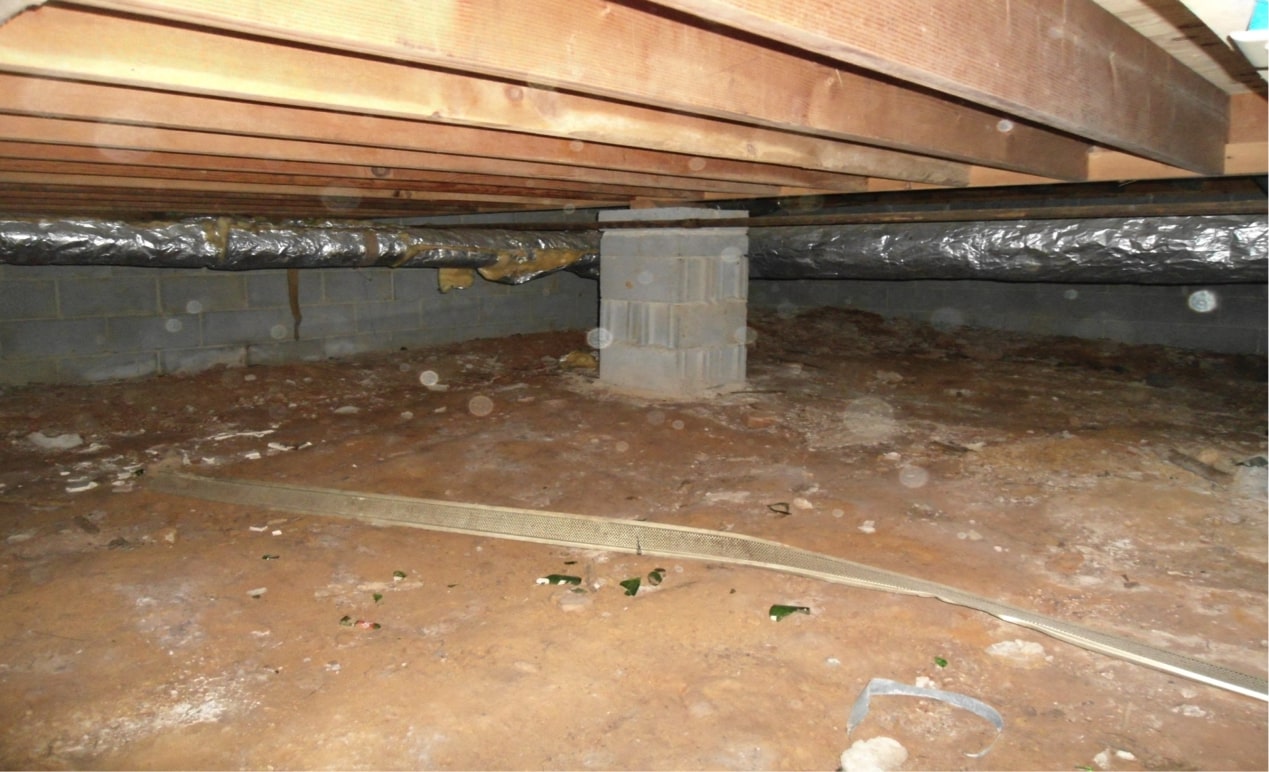
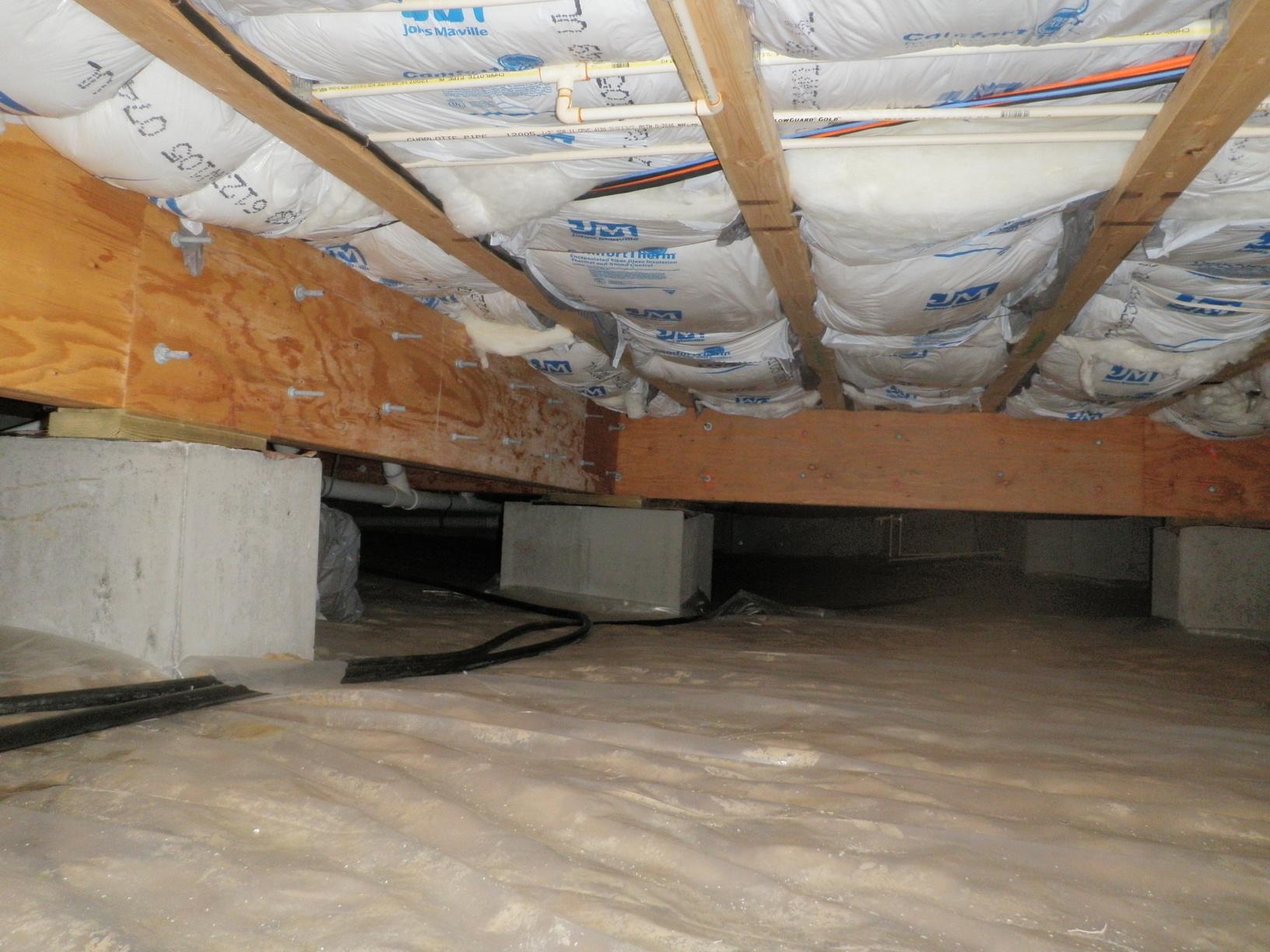
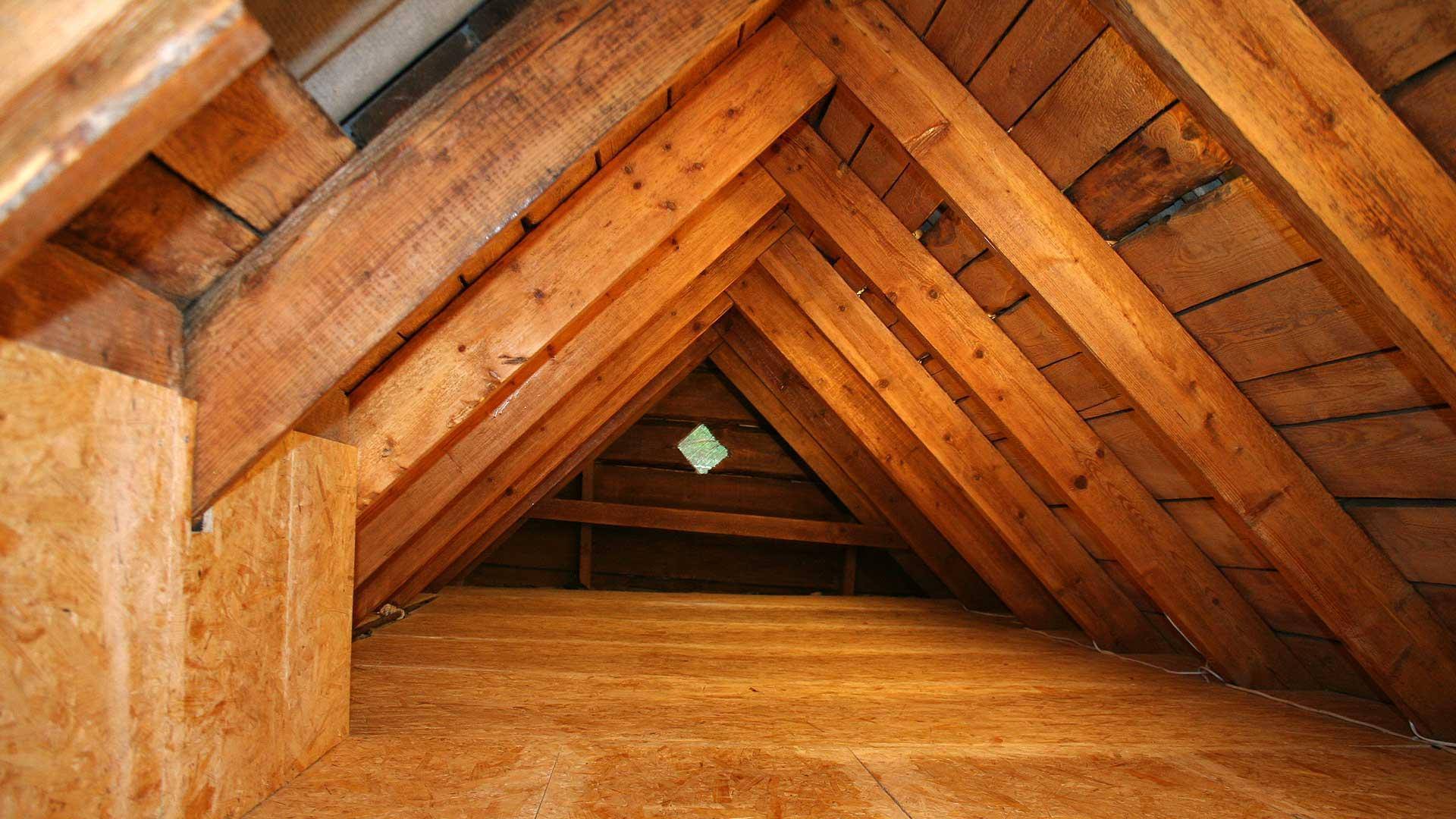
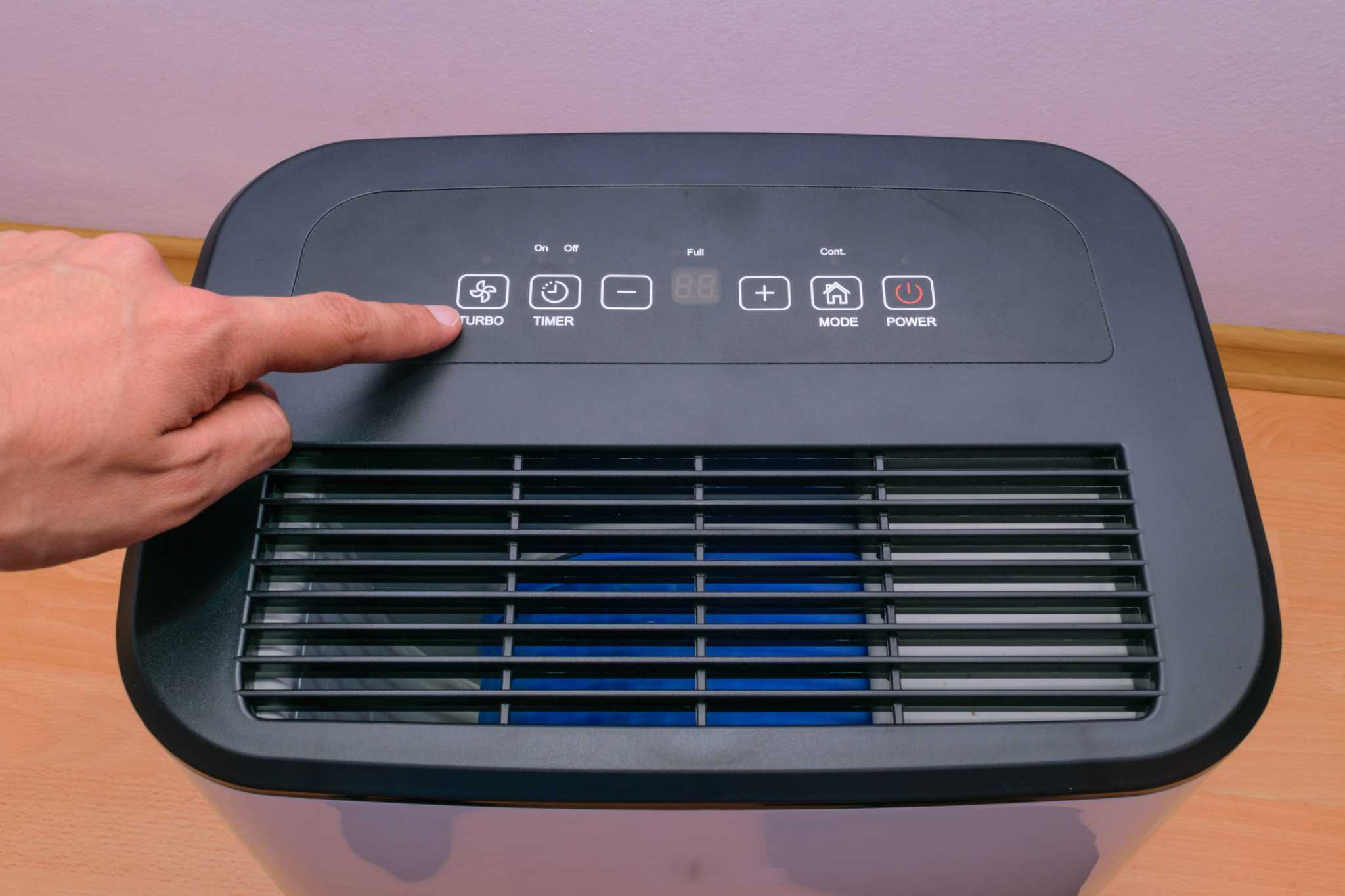
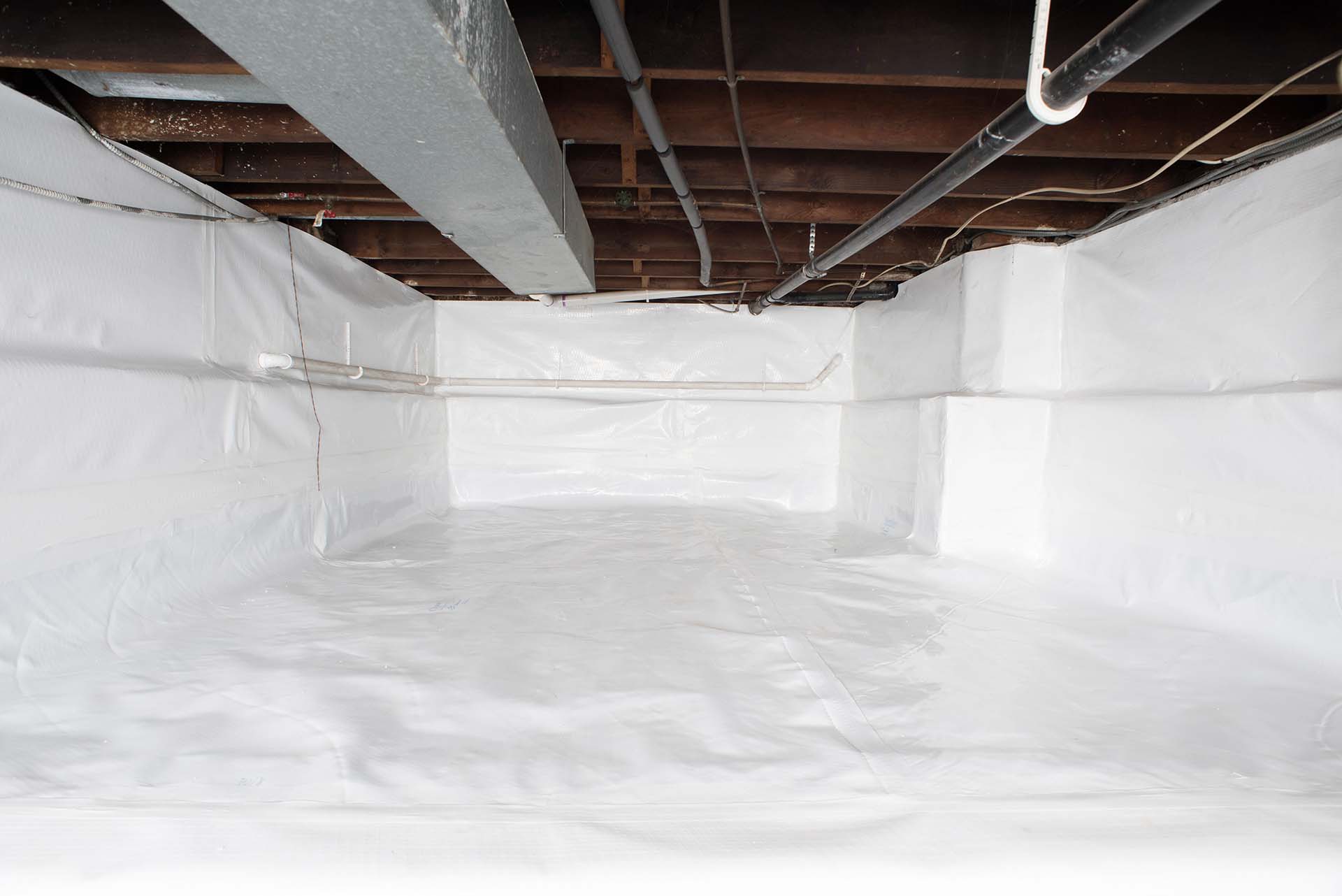
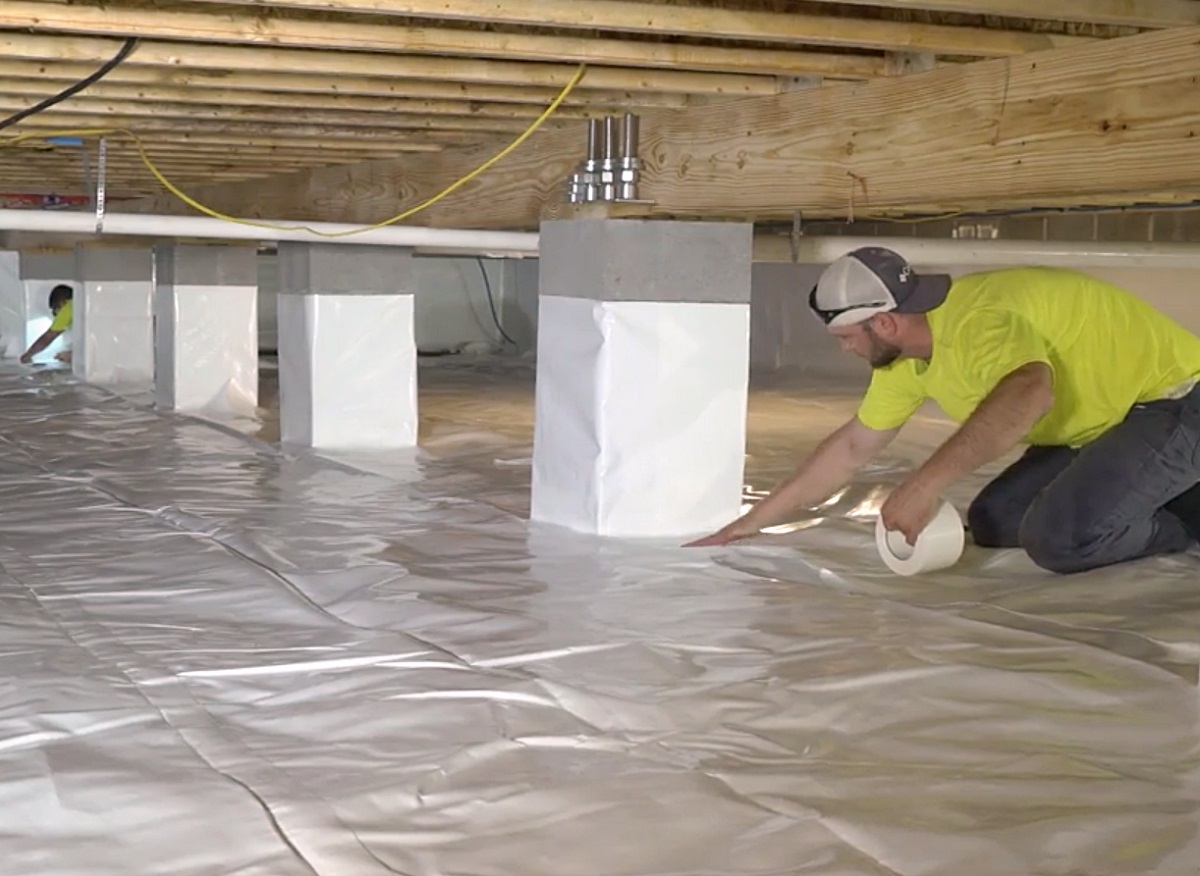
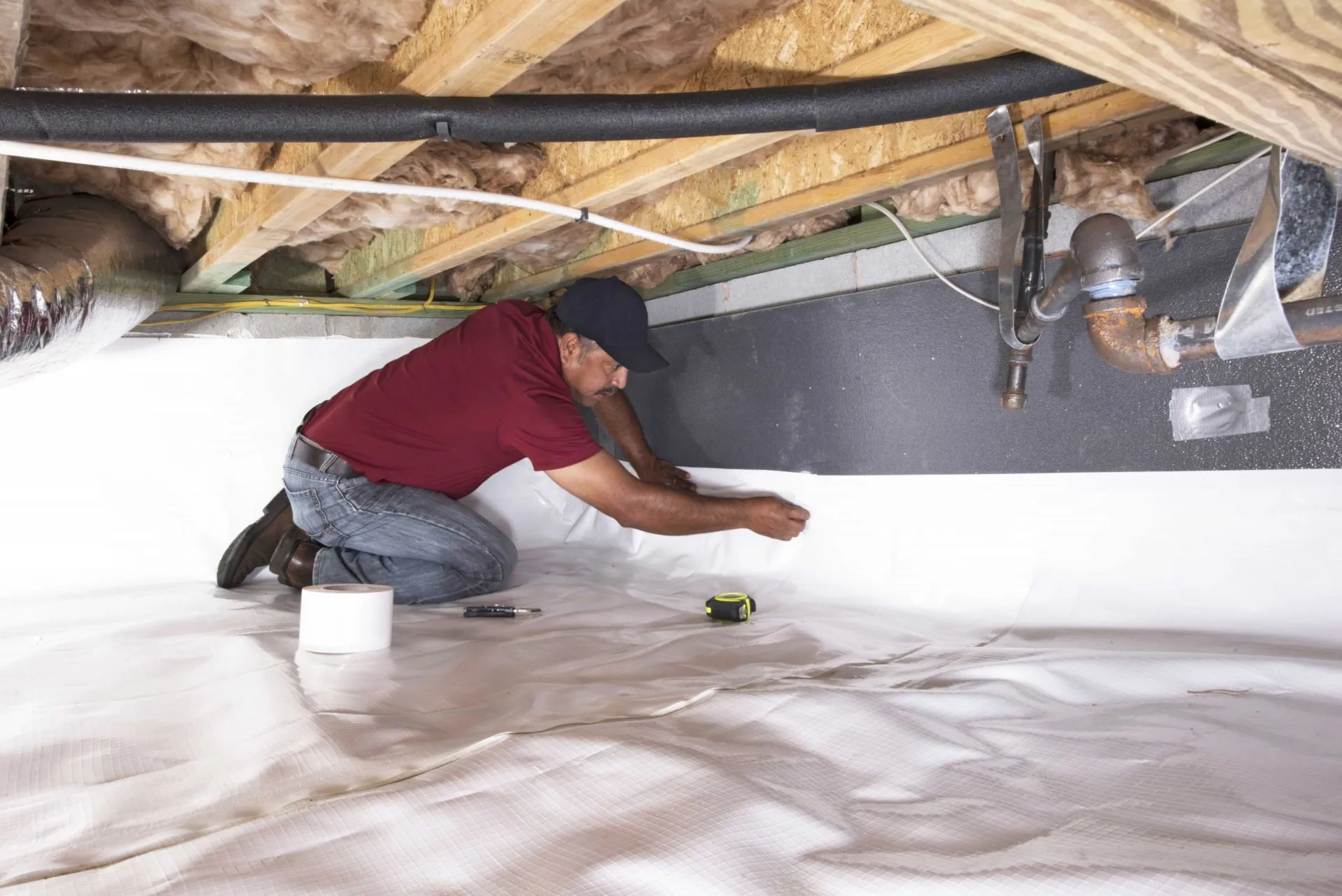

0 thoughts on “What Should The Moisture Level Be In A Crawl Space”